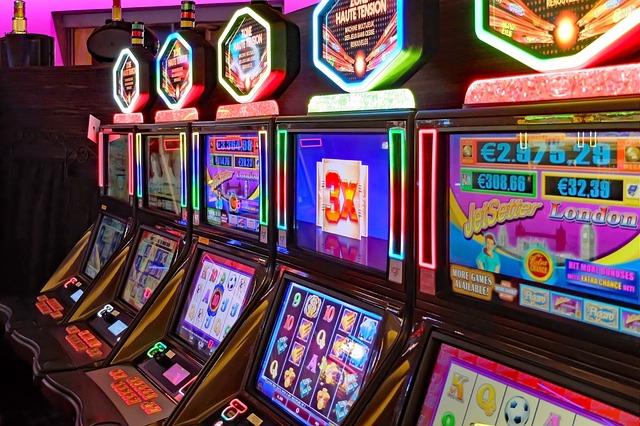Understanding how slot payouts work gives players a clearer view of what they can expect from each spin. While many players rely on luck alone, knowing the math behind slot mechanics helps set realistic expectations and makes it easier to choose the right games. The numbers that control slot outcomes are not hidden tricks but carefully designed systems meant to balance entertainment and fairness. A closer look at these elements shows how payouts are calculated and why slots behave the way they do.
Slot math may seem intimidating, but it becomes much more approachable once the core concepts are broken down. Terms like RTP, volatility, and hit frequency sound technical, yet they influence every decision players make at the machine. Understanding these factors turns guesswork into informed choice and helps players manage their bankroll with more confidence and control.
Core Concepts That Shape Slot Payouts
The math behind slot payouts is built around a few key factors that define how the game operates. These include return-to-player percentages, variance, and the structure of the paytable. Each of these works together to determine how often a slot pays and how large the payouts tend to be. The balance between these elements shapes the overall feel of the machine, whether it is steady with smaller wins or more volatile and unpredictable.
While these factors do not change the randomness of each outcome, they do change how the game behaves over time. That is why two machines can feel completely different even if they offer similar themes. By learning how these mechanics work, players can choose games that match their risk comfort level and playing style.
Why RTP Matters

Return-to-player (RTP) is a percentage that shows how much money a slot machine is designed to return to players over the long run. For example, a slot with a 96 percent RTP will theoretically pay back 96 dollars for every 100 dollars wagered, though not necessarily in a way that is evenly distributed. RTP reflects long-term averages, not short-term outcomes, which means it does not help predict what happens in the next few spins.
Even though RTP does not guarantee specific results, it is still one of the most useful numbers for choosing a slot. Higher RTP generally means better value over time, especially for players who prefer extended sessions. However, it does not override volatility, which determines how that RTP is delivered through wins and losses.
Volatility and Payout Behavior
Volatility describes how often a slot pays and how large those wins tend to be. Low-volatility slots pay smaller wins more frequently, creating a steadier experience with less risk. High-volatility slots pay less often but can deliver much larger rewards, making them ideal for players who enjoy bigger swings. Volatility is not usually displayed on the machine, but it can often be inferred from win patterns and paytable structure.
Understanding volatility helps players match a slot to their bankroll and playing goals. Short-session players often prefer low-volatility machines to stretch their funds, while risk-takers may gravitate toward high-volatility games for the chance at major payouts. Knowing the volatility level prevents misunderstandings and helps maintain realistic expectations.
Paytables and Symbol Weighting

A paytable lists all winning combinations and the payouts assigned to them, serving as a blueprint for how the slot distributes rewards. But what players see on the reels is only part of the story. Behind the scenes, symbols are weighted with different probabilities, meaning some symbols appear more frequently than others. This weighting helps control the frequency of wins, especially when higher-paying symbols are involved.
Symbol weighting also affects jackpot odds, especially in modern video slots designed with complex reel layouts. The combination of paytable values and symbol probability creates the foundation for all slot math. Players who check paytables before playing can spot red flags such as low top prizes or high imbalance between winning lines.
Hit Frequency and Player Experience
Hit frequency refers to how often a slot produces any kind of win, regardless of its size. A machine with high hit frequency delivers frequent small wins that keep players engaged, while those with lower frequency create longer stretches of losing spins. Hit frequency is a key part of how a slot feels during play and contributes to its overall personality.
Although hit frequency is not always displayed, players can often sense it after a few minutes of play. Machines with low hit frequency may feel more volatile and unpredictable, which can appeal to players chasing big rewards. Understanding hit frequency helps players avoid surprises and choose a slot experience that fits their preferences.
